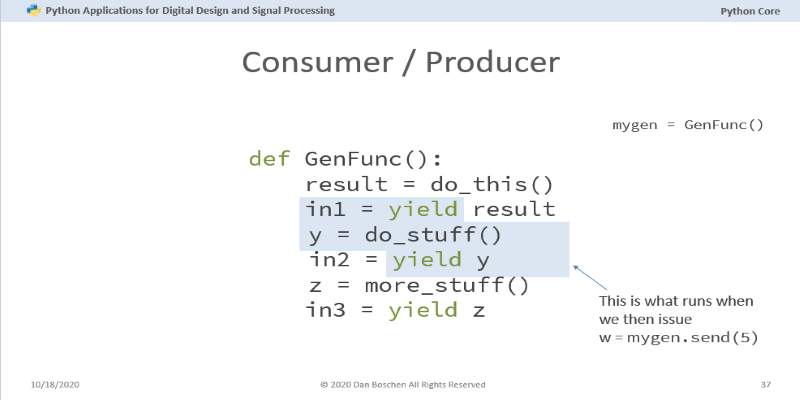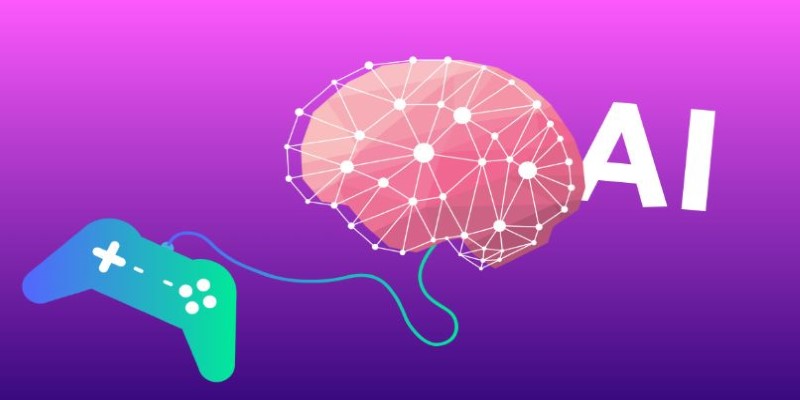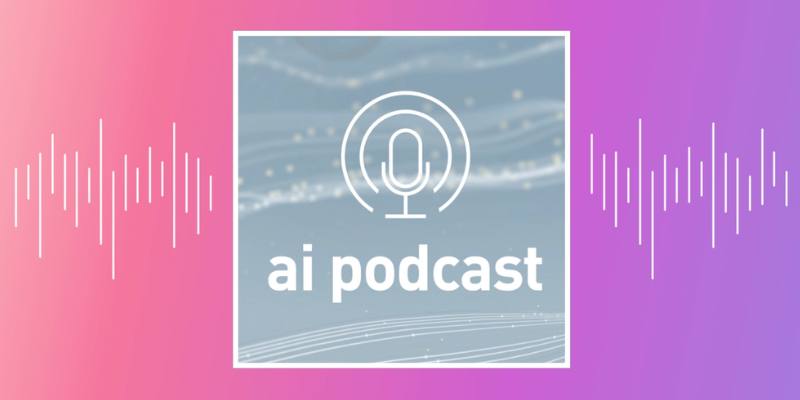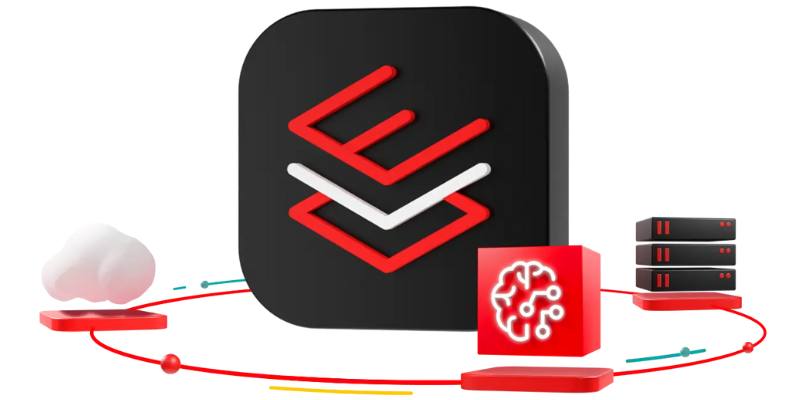Advertisement
Capturing a consumer's attention has become more difficult than ever in a world of online content. Often missing the mark, traditional advertising techniques send pointless messages to bored viewers. Now enter AI-powered advertising, a revolutionary fix altering the rules. AI customizes adverts to the particular tastes and behaviors of every person by using real-time data analysis and sophisticated algorithms. This personalization ensures that the advertising displayed is relevant and maximizes its distribution, reaching consumers at the ideal time.
Consumers thus get less invasive and more interesting advertising, while companies see better returns on investment and more involvement rates. This guide will explore how artificial intelligence transforms advertising in today's digital landscape. We will also explain why it is rapidly becoming a necessary tool for advertisers trying to interact with their audience more significantly.

Using algorithms and advanced data analysis, AI-powered advertising precisely targets audiences. Examining user behavior, interests, and past interactions helps artificial intelligence (AI) determine which adverts will best appeal to every person. These adverts are more pertinent to every user since their content is tailored in real time. AI adopts a more individualized approach than conventional approaches, which depend on wide demographic groups.
It learns from user interactions constantly and changes the ad material to fit changing tastes. It improves the whole customer experience and helps more targeted aiming. Moreover, artificial intelligence tailors the commercials and improves their delivery. AI uses machine learning to decide the best moment and advertising platform, optimizing its influence. Advertisers increase their chances of conversion and interaction by contacting consumers appropriately. This approach produces greater outcomes and allows for more effective use of their ad expenditure.

By examining enormous volumes of data collected from many sources—including browsing history, social media activity, and geographic location—AI improves targeted ads. This information lets artificial intelligence design custom experiences that fit every person's taste. AI can constantly change material to become more relevant and interesting as it watches how consumers interact with adverts.
If a consumer recently searched online for running shoes, AI can show advertisements for those shoes or something comparable. This dynamic strategy lessens the intrusion of the advertising experience and more closely fits the present demands of the user. Data AI gathers increases its ability to forecast user future interests and run matching advertising. It makes the encounter seem more natural and less like a forced sales pitch as users see goods or services that appeal to them, enhancing their user experience.
AI-powered personalized ads provide lots of advantages for companies as well as for consumers. These commercials give customers a less invasive and more pertinent experience. People are presented with promotions that fit their interests instead of generic adverts, lessening the frustration sometimes brought about by pointless commercials. The customized experience saves time and increases the enjoyment of web browsing. For companies, AI-powered advertising greatly increases interaction rates.
Customers are more inclined to interact—by making a purchase, registering for a service, or learning more—when they see ads that speak to their tastes. This involvement results in better return on investment (ROI) and higher conversion rates. By concentrating on the most pertinent audience, minimizing lost impressions, and guaranteeing more effective use of ad expenditure, artificial intelligence also helps companies maximize their costs. These benefits make tailored advertising driven by artificial intelligence a benefit for both sides.
Among the most potent tools of artificial intelligence-powered advertising are predictive analytics and real-time data analysis. For advertising, artificial intelligence is a proactive tool since it forecasts future actions in addition to depending on past behavior. Real-time data analysis enables artificial intelligence to spot trends and project which goods or services a user will most likely be interested in going forward. This capacity to forecast future requirements lets advertising more precisely target consumers.
AI might suggest to users browsing cell phones online that they will soon be in the market for accessories like chargers or cases and display pertinent adverts. This proactive approach increases sales possibilities for companies and gives customers a flawless shopping experience. Predictive analytics guarantees that their ads are timely and fit for what the consumer is most likely to want. It helps advertisers stay ahead of trends and ensures their campaigns result in more interaction and a better customer journey.
A subset of AI, machine learning is vital for ad optimization. Through machine learning, artificial intelligence systems examine past ad campaigns, learn from their achievements and shortcomings, and always raise their performance over time. AI may modify the targeting, images, and messaging to make the next advertisement more successful by analyzing trends in user reactions to various ads. For instance, machine learning techniques can recommend adjustments in a given advertisement's content or targeting to raise interaction if it isn't getting enough clicks.
These changes enable ad tactics to be refined over time, guaranteeing that advertising is more relevant and powerful for the audience. A/B testing is another benefit of machine learning since it lets companies test several ad variants and find which connects most with their target market. Machine learning boosts the return on investment and increases the general success of advertising efforts by always learning and improving depending on real-time data.
Advertising driven by artificial intelligence is changing how companies interact with their consumers. AI guarantees that ads are tailored and delivered at the most ideal times by employing algorithms to examine data and forecast customer preferences. It improves consumers' online experience through more relevant and less invasive encounters. For companies, it translates into better return on investment, more involvement rates, and more wise budgetary allocation. AI-powered advertising is becoming more successful since it allows advertisers and consumers always to learn and maximize themselves. It will help both of them in the long run. As technology develops, artificial intelligence should become increasingly important in determining how advertising will evolve.
Advertisement

Curious about Python coroutines? Learn how they can improve your code efficiency by pausing tasks and running multiple functions concurrently without blocking

Can AI-generated games change how we play and build games? Explore how automation is transforming development, creativity, and player expectations in gaming

Learn the 10 best AI podcasts to follow in 2025 and stay updated with the latest trends, innovations, and expert insights.

Cisco’s Webex AI Assistant enhances team communication and support in both office and contact center setups.

Discover 8 powerful ways AI blurs the line between truth and illusion in media, memory, voice, and digital identity.

Explore the key differences between class and instance attributes in Python. Understand how each works, when to use them, and how they affect your Python classes

Consider model size, cost, speed, integration, domain-specific training, and ethical concerns when you choose the right LLM

Explore how IBM's open-source AI strategy empowers businesses with scalable, secure, innovative, and flexible AI solutions.

Discover how IBM and Red Hat drive innovation in open source AI using RHEL AI tools to power smarter enterprise solutions.

Learn why businesses struggle with AIs: including costs, ethics and ROI, and 10 things they can do to maximize output.

Learn Bayes' Theorem and how it powers machine learning by updating predictions with conditional probability and data insights

Wondering if third-party ChatGPT apps are safe? Learn about potential risks like data privacy issues, malicious software, and how to assess app security before use